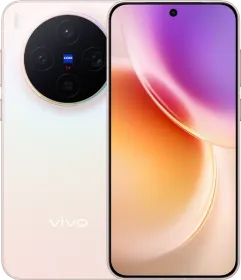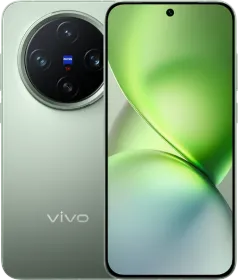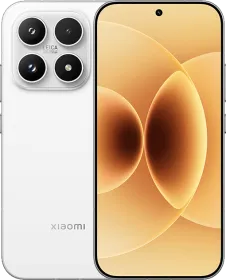For years, the rule has been simple: if you own an Apple Watch, you must own an iPhone. If you want the seamless magic of AirPods or the deep integration between your laptop and phone, you stay within Apple’s ecosystem. With the launch of its new X300 and X300 Pro flagship phones in China, Vivo has taken a sledgehammer to that rule.

During the X300 Series launch presentation, vivo announced the Cross-Device ecosystem, a suite of software features built into its new OriginOS 6 that allows the X300 series to communicate directly with a range of Apple’s most popular products. This isn’t just basic Bluetooth pairing; it’s a level of interoperability that was previously unthinkable for an Android device.
This move directly targets the single greatest strength of Apple’s empire, the so-called walled garden. Apple’s products work so well together that leaving becomes a massive inconvenience. vivo is betting that it can offer a compelling enough Android experience to tempt users who love Apple’s accessories but are open to a new smartphone.
ALSO READ: vivo X300 vs. vivo X200: What’s Changed? Everything.
What Can It Actually Do?
While the full extent of the integration is still being tested, vivo detailed a startling level of cross-platform functionality that could solve major pain points for users invested in Apple’s hardware. The key features of Vivo’s Cross-Device Ecosystem include:

Apple Watch Connectivity
X300 users can sync health and fitness data directly from their Apple Watch to the Vivo Health app. Crucially, they can also receive call and message notifications from the phone on their wrist, a feature that has been the exclusive domain of the iPhone since the watch’s inception.
Mac Integration
The system allows for seamless file access and screen projection between the Vivo X300 and a Mac. This includes a shared clipboard and the ability to use the phone as an extended display, mimicking some of Apple’s own Continuity features.
AirPods Support
The integration provides a more native-like experience for AirPods, including battery display and location tracking features within vivo’s software.
ALSO READ: OnePlus 15 Display Features Teased; World’s First 165Hz QHD OLED Confirmed Ahead of BOE Launch
A Direct Challenge to the Ecosystem Lock-In
This isn’t just some new feature; it’s a big move against Apple’s business plan. For countless users, the decision to stick with an iPhone isn’t just about the phone itself, but about the ecosystem of devices they’ve built around it. The Apple Watch is the best-selling smartwatch in the world, and until now, it has served as an incredibly effective anchor, tethering millions of users to iOS.
By offering a bridge, vivo is presenting a radical new proposition: you can have the best of both worlds. You can choose an Android phone with its open platform and hardware variety without sacrificing the functionality of the Apple accessories you already own and love.
This development follows the initial interoperability features first introduced with the vivo X Fold 5; however, the X300 series appears to be the first mainstream flagship line to integrate this functionality from the start.
How Did Vivo Pull This Off?
The immediate question is how vivo is achieving this. The company has not detailed the specific technology, but it’s likely a combination of reverse-engineered protocols and sophisticated software that “spoofs” Apple’s servers into recognizing the vivo phone as a legitimate Apple device.
This raises the second, more critical question: how will Apple respond? Cupertino is notoriously protective of its ecosystem. A future software update for watchOS or macOS could potentially break this functionality, triggering a cat-and-mouse game between the two tech giants.

For now, the feature is launching with the Chinese models of the Vivo X300, and it reportedly requires a China-registered Apple ID to function. However, a global release is expected in November, and the tech world will be watching closely to see if this feature makes its way to international markets.
Whether this is a fleeting experiment or the first major crack in the walled garden remains to be seen. But one thing is certain: the walls are no longer as high as they used to be.
You can follow Smartprix on Twitter, Facebook, Instagram, and Google News. Visit smartprix.com for the latest tech and auto news, reviews, and guides.


































